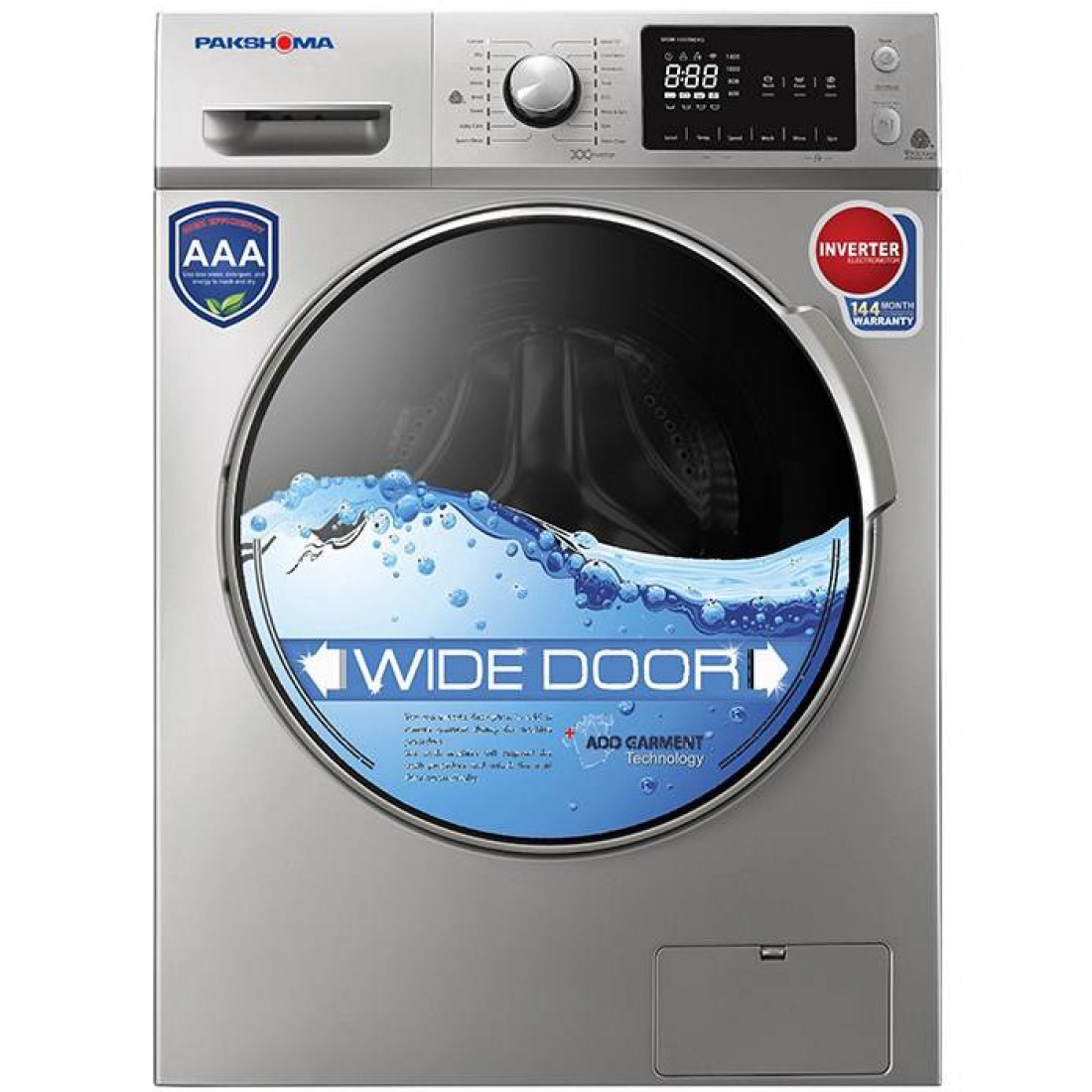Chemical vapor deposition (CVD) involves the deposition of a solid material onto a hot surface from a chemical reaction in the vapor phase. T
Introduction
Chemical vapor deposition (CVD) involves the deposition of a solid material onto a hot surface from a chemical reaction in the vapor phase. This method is appropriate for depositing thin films, producing powders, fibers, and so forth. Furthermore, this method can be used for production of many metallic, non-metallic compounds as well as carbides, oxides, nitrides and intermetallic compounds.
In CVD process different precursors, i.e. solid, liquid and gas, are used; but among them gaseous precursors drawn more attention because their parameters can be controlled more easily during process. CVD process is classified based on the different parameters such as working pressure, physical properties of the vapor phase, and the type of plasma generation method.
A CVD apparatus includes gas flow system, reaction chamber, substrate holder, power source, vacuum system and output system. In CVD process, the substrate is exposed to the volatile precursors using the carrying gas; the reactions occur on the surface, resulting in the deposition of a thin film on the surface. Finally, the by-products of volatile are removed from the surface. Coatings which are usually made by CVD process are fine grain, pure, impenetrable and harder than ceramic layers created by conventional methods.
Application
Some of the main applications of CVD process are as follows:
- Production of semiconductors and electronic components
- Synthetic diamonds
- Synthesis of silicon dioxide
- Deposition of wear and corrosion resistant coatings on tools, bearings and drills
- Photovoltaic components
- Ultra-thin films
- Carbon nanotubes
- Micro-electromechanical systems (MEMS)
- Optical and optoelectronic components
- Corrosion, wear and heat resistant coatings
specification
The CVD systems provided by this company are designed and produced in two different models. Details of technical specifications are presented in the following Table.
 Advantager of using nanotechnology
Advantager of using nanotechnology
CVD process based on its nature can be widely used in production of nanostructure materials. Some potentials of this process are production of thin films, nanopowders, nanotubes, nanostructure coating and 2-D nanomaterials like graphene. Therefore, it can be said that this device has the ability to produce zero-, one- and two-dimensional nanomaterials.
Manual and maintenance
- The maximum allowable heating rate is 5 °C/min.
- Heating rate of 3 °C/min is recommended for temperatures higher than 700 °C.
- For more details on how to use the device, refer to the device catalog and user guide.
Safety and package
- Because of the furnace high operating temperature, the earth connection should be considered in the device main cable.
- Before using the device check all the gas fittings and obviate any leakage (if any).






